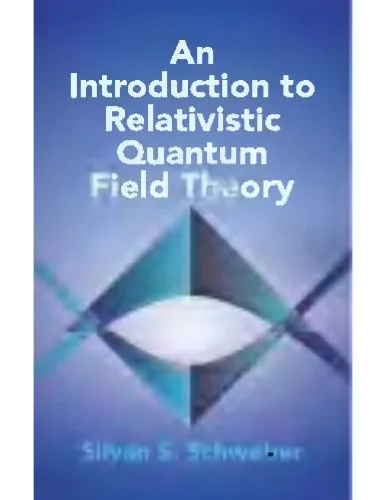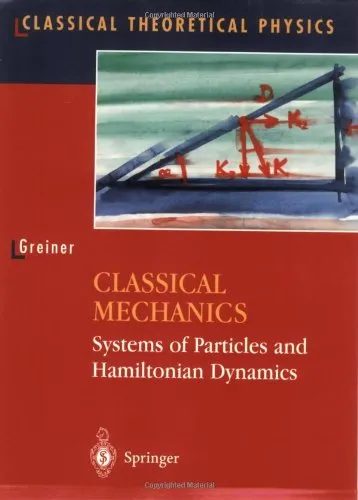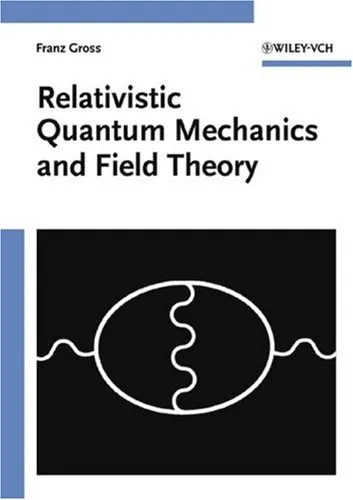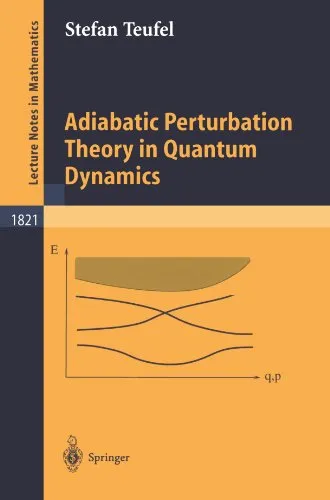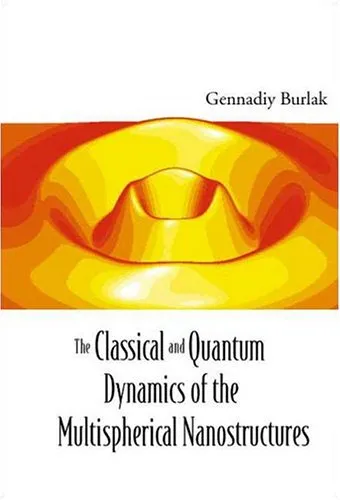An introduction to relativistic quantum field theory
4.6
Reviews from our users

You Can Ask your questions from this book's AI after Login
Each download or ask from book AI costs 2 points. To earn more free points, please visit the Points Guide Page and complete some valuable actions.Related Refrences:
Samuel S. Schweber's seminal work, "An Introduction to Relativistic Quantum Field Theory," stands as a cornerstone in the domain of theoretical physics, offering a comprehensive guide to understanding the complex world of quantum field theory within the relativistic framework. This book is designed not only for students venturing into the depths of quantum mechanics and relativity but also for seasoned physicists seeking to deepen their understanding.
Detailed Summary of the Book
Schweber's book delves into the intricate tapestry of relativistic quantum field theory by integrating both classical and modern theoretical concepts. The initial chapters lay the groundwork by exploring the fundamental aspects of classical field theory, ensuring readers have a solid footing before immersing into the relativistic quantum realm. As the text progresses, the intricate concepts of quantum electrodynamics (QED) are extensively detailed, providing insight into how electromagnetic fields interact with charged particles under the relativistic doctrine.
Within these chapters, Schweber meticulously unravels the principles of particle physics, symmetry transformations, and gauge theories, gradually building the foundation for understanding advanced topics. The explanation of Feynman diagrams, scattering processes, and perturbation theory is crafted with clarity, supporting the reader to visualize and compute complex quantum interactions. By the book's conclusion, readers have walked through a curriculum that connects theoretical postulates with experimental phenomena, enriching their comprehension of the quantum world.
Key Takeaways
- Presents a blend of classical field theory and modern quantum mechanics.
- Explains complex topics such as quantum electrodynamics, symmetry, and gauge theories.
- Demonstrates practical computational techniques, crucial for real-world applications.
- Provides a deep dive into theoretical frameworks that have driven countless advancements in understanding the universe.
Famous Quotes from the Book
“The elegance of quantum field theory lies not just in its mathematical formulations, but in its ability to describe the untold depths of our universe with precision and clarity.”
“Relativity and quantum mechanics are not separate realms, but threads of a single cosmic tapestry, forever interwoven.”
Why This Book Matters
Schweber's "An Introduction to Relativistic Quantum Field Theory" is more than an academic resource; it is a vital passageway into the fabric of the universe. By elucidating complex theories with precision and foresight, the book empowers readers to approach the enigmas of the quantum world with confidence and understanding.
The book is crucial for several reasons. Firstly, it seamlessly bridges the gap between undergraduate quantum mechanics and the more nuanced field theories encountered in advanced studies and research. Secondly, its balanced presentation of theoretical principles enriched with practical computational methods equips readers with the skills necessary for innovation within the field. Lastly, as a respected work in the scientific community, it continues to inspire new generations of physicists, fostering a deeper appreciation for the interconnectedness of relativistic physics and quantum phenomena.
Free Direct Download
You Can Download this book after Login
Accessing books through legal platforms and public libraries not only supports the rights of authors and publishers but also contributes to the sustainability of reading culture. Before downloading, please take a moment to consider these options.
Find this book on other platforms:
WorldCat helps you find books in libraries worldwide.
See ratings, reviews, and discussions on Goodreads.
Find and buy rare or used books on AbeBooks.
1312
بازدید4.6
امتیاز0
نظر98%
رضایتReviews:
4.6
Based on 0 users review
Questions & Answers
Ask questions about this book or help others by answering
No questions yet. Be the first to ask!
